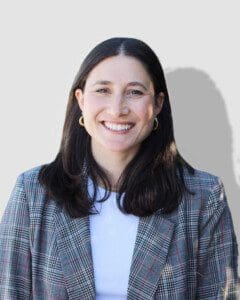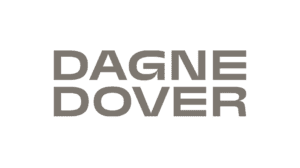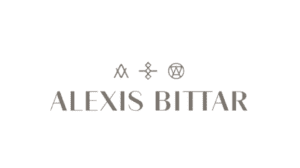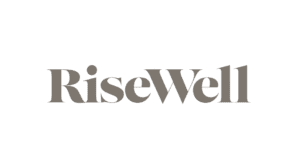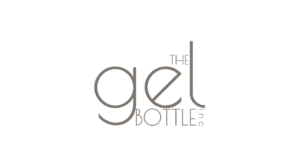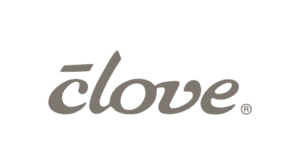In the ever-evolving landscape of online privacy, staying ahead of the curve is essential for businesses aiming to connect meaningfully with customers while respecting their privacy concerns. Recently, Google announced updates regarding the phase-out of third-party cookies, a move that will significantly impact digital advertising and user tracking practices across the web. As your trusted partners in digital marketing, Mason is here to provide insights and guidance on what these changes mean for you and how you can prepare for a cookieless future.
Understanding the Update
Google’s announcement regarding the Privacy Sandbox outlines a revised plan for the deprecation of third-party cookies on Chrome. The decision stems from the need to address feedback from various stakeholders, including industry players, regulators, and developers. Additionally, to ensure a thorough review process, Google is collaborating closely with regulatory bodies like the Competition and Markets Authority (CMA). Consequently, the completion of third-party cookie deprecation has been postponed from the second half of Q4, with plans now set for an early start in 2025, pending resolution of concerns with the CMA.

Implications for Businesses
While this extension provides more time for preparation, it underscores the importance for businesses to adapt their strategies for a cookieless future. Whether you’re leveraging Google ads products or managing your own website, proactive measures are crucial for maintaining seamless user experiences and effective marketing campaigns.
For advertisers and publishers utilizing Google ads products, adherence to recommended best practices remains paramount. Take advantage of this additional time to ensure your readiness and familiarize yourself with the evolving guidelines provided by Google.
Moreover, for website owners, understanding the dependencies on third-party cookies is essential for optimizing user experiences. Conduct assessments to identify and address any 3P cookie dependencies ahead of the Q4 advertising season and year-end code freeze. The Privacy Sandbox team has published guidance to assist in this process, enabling you to navigate the transition smoothly.
Addressing Common Questions
To provide further clarity, here are answers to some frequently asked questions:
- Q: What prompted the updated plan for third-party cookie deprecation?
- The decision to revise the timeline stems from the need to reconcile feedback from stakeholders and allow ample time for regulatory review. Additionally, considerations for the Q4 advertising season and ecosystem feedback influenced the decision to commence deprecation in early 2025.
- Q: Will the deprecation start in January?
- While precise timing is subject to resolving concerns with the CMA, Google aims to initiate third-party cookie deprecation early in 2025. Stay updated on privacysandbox.com for the latest developments.
- Q: Does this mean Chrome won’t expand beyond 1% third-party cookie deprecation in 2024?
- Any expansion beyond 1% will be done in consultation with the CMA and with notice to the ecosystem, ensuring transparency and alignment with regulatory requirements.
- Q: Why wasn’t there prior notification about this announcement?
- Due to the sensitivity of the update and to ensure fairness to all parties, Google did not provide advance notice to ecosystem participants. Rest assured, we are committed to keeping you informed and prepared for upcoming changes.
As the digital landscape evolves, proactive adaptation is key to maintaining competitiveness and compliance. At Mason, we are dedicated to equipping you with the knowledge and resources needed to navigate the transition to a cookieless future successfully. Stay tuned for further updates and guidance as we continue to monitor developments in online privacy and advertising technology. Together, we can embrace change and forge ahead with confidence in the digital realm.
Working with a Google Partner
The Google Partners program is tailored for advertising agencies and third parties managing Google Ads accounts on behalf of brands or businesses. Its mission is to empower companies by providing innovative tools, resources, and support to help their clients succeed and thrive online.
To find out more about how you can benefit from our partnerships, send us a message at hello@masoninteractive.com, or book a meeting with our team of experts, here.






